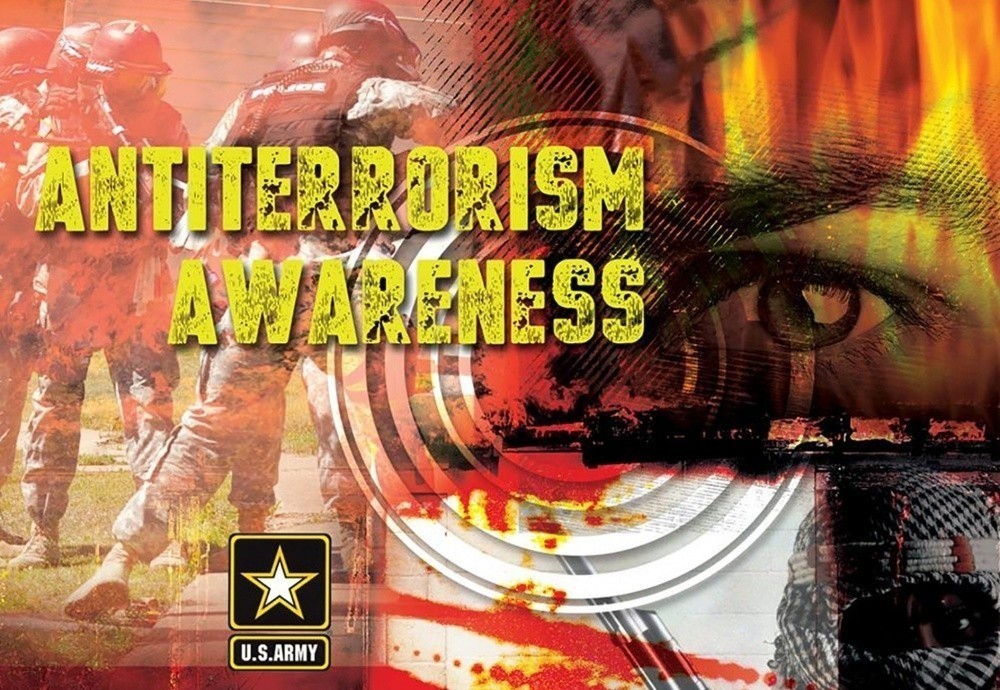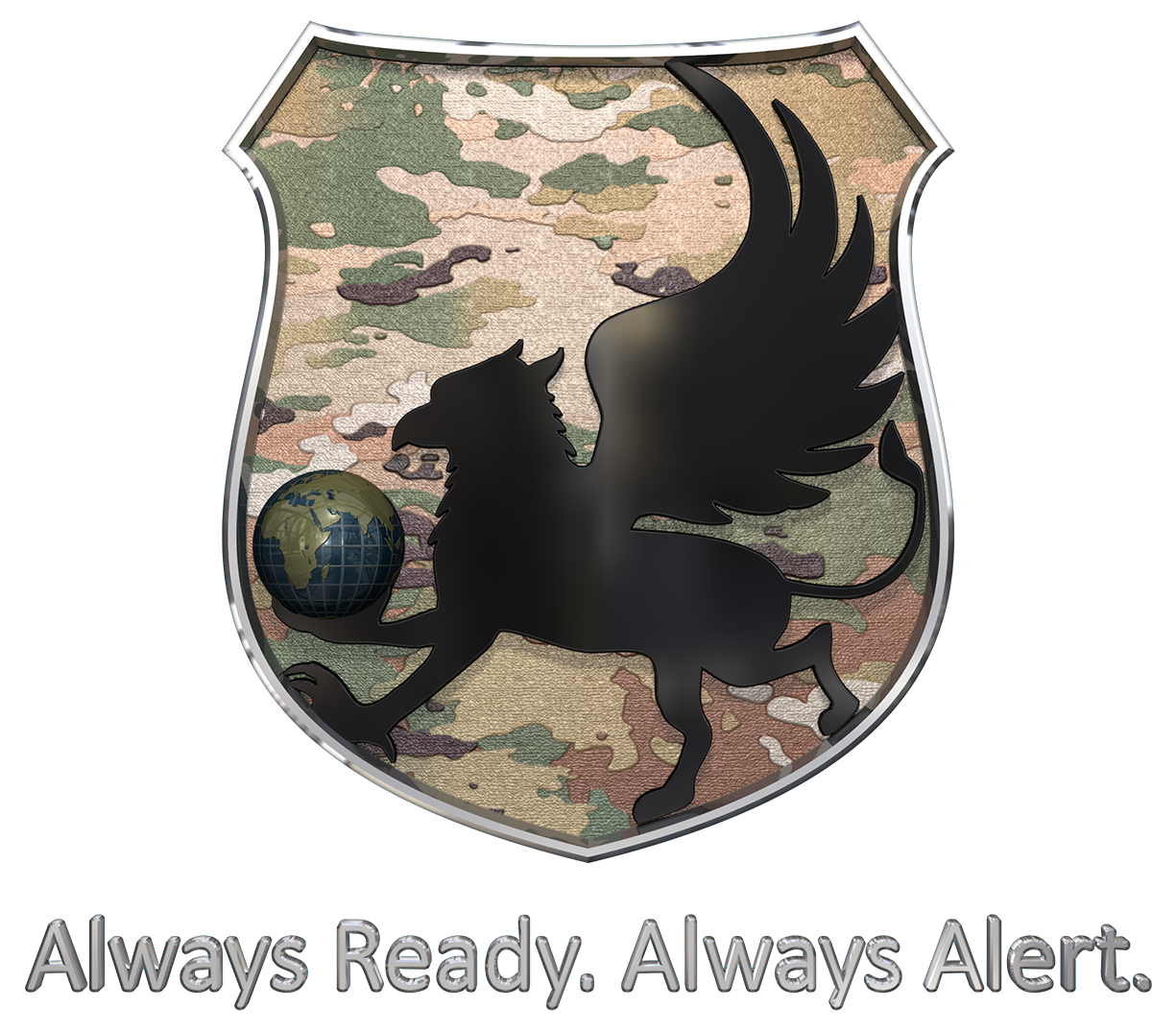
Jackson increases Antiterrorism Awareness
 Leader Staff Reports
Leader Staff Reports
Jackson officials want the community to see something, say something and remain vigilant.
The Army Antiterrorism Awareness month helps leaders heighten vigilance across the formation. Fort Jackson has been observing antiterrorism awareness month throughout August.
Installation protection represents the most visible antiterrorism measures, which includes access and entry control points, 100% identification checks and active law enforcement patrolling.
Fort Jackson employees should know that keeping the force safe know it is everyone’s responsibility, said the garrison antiterrorism officer.
“Security is everyone’s responsibility,” said Gerald Cruzado, Garrison Antiterrorism Officer and Operations Security Manager. “Antiterrorism at our level is defensive in nature.”
He added that Army Regulation 525-13, Antiterrorism requires unit to follow basic steps such as assigning unit ATOs and implementing antiterrorism programs for battalions and higher. Unit ATOs need to assess vulnerabilities and mitigate them. At the individual level all is required is to take level I training, report suspicious activity and to be vigilant.
“In AR 525-13 we have 35 AT standards,” Cruzado said. “We implement the AT standards that apply to us” such as an annual self-assessment and higher headquarter assessment, active shooter training, and AT level I and level II training.
“We conduct annual antiterrorism exercises and drills to ensure readiness,” he added.
Fort Jackson also conducts protection working groups and threat working groups with every agency and tenant organization on the installation to assess criticality, threat, vulnerabilities, risk and determine proper mitigation.
Cruzado called on all organizational level ATOs to remain vigilant and to put their training into practice, because AT is preventative and defensive in nature.
“If the unit ATOs and commanders do not follow the regulation and enforce antiterrorism standards we are vulnerable to accidents and exploitation,” Cruzado cautioned. “Antiterrorism should be part of our daily risk assessment that includes accounting for personnel, weapons, and munitions. All risk can be reduced and managed by mitigation and control measures.”
Even though it is everyone’s responsibility, but “like all security programs, they belong to the commander, and he is ultimately responsible.”
ATOs at unit level need to keep their commanders informed about their AT Programs and vulnerabilities, he said.
Maintaining situational awareness and reporting suspicious activity discourages terrorism by assisting law enforcement and security personnel.
The Army community supports sustained vigilance against terrorism by providing extra eyes and ears for things that are out of the norm.
The next AT Level II training is scheduled for Nov. 13-18 here at Fort. Registration can be made through ATRRS or by contacting the Garrison ATO and the Army Training ATO.





